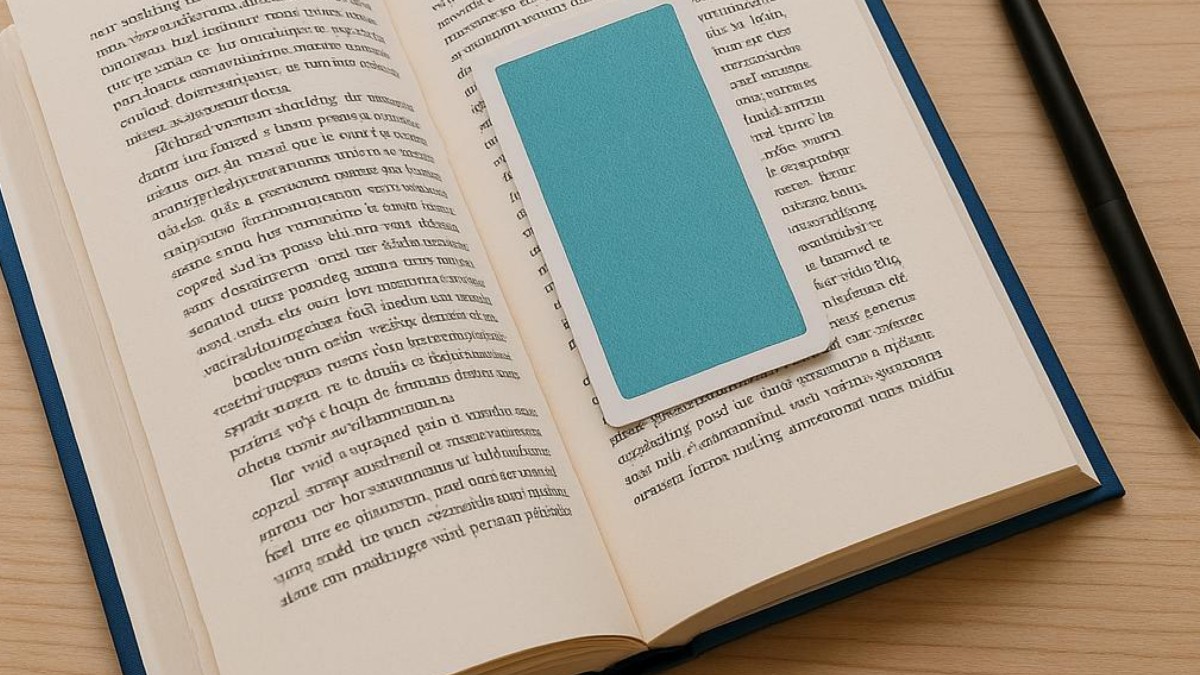Day 76 of The 100 Day Project: Learn Speed Reading Fast by Joseph Milano

Learn Speed Reading Fast by Joseph Milano teaches how faster reading boosts focus, retention, and comprehension through simple, proven techniques.
What if reading faster actually helped you remember more, not less? That’s the bold claim Joseph Milano makes in Learn Speed Reading Fast, and by the end of the book, it makes complete sense. For anyone looking to grow their knowledge in less time, especially busy professionals and lifelong learners, speed reading is more than just a productivity hack. It's a skill for sharper thinking.
Milano’s approach is refreshingly practical. He strips away fluff and gets straight to the techniques that matter. One of the key concepts he introduces early on is that slow reading is not always deep reading. In fact, the slower you read, the more time you give your mind to wander. Speed reading requires active engagement. Your focus narrows, distractions fade, and your retention improves because you're fully immersed.
I wanted to add that I advocate for strategic reading. However, it’s important to know about different techniques, so you can explore and choose which works best for you. Learn Speed Reading Fast offers some great information for those who want to speed read.
The Meta Guiding Technique
The cornerstone of Milano’s method is the Meta Guiding Technique. This is a strategy that’s simple in execution but powerful in impact. To try it, use a playing card, your finger, or a pen to guide your eyes down the page, line by line. Set a timer for three minutes. Read each line for a second. Then repeat the process, dropping to half a second per line.
You won’t retain much during those early runs, and that’s okay. The goal here is not comprehension. It’s rhythm, flow, and familiarity with reading at a faster pace. The more comfortable you get moving through text without regressions or rereads, the more confident your brain becomes in grasping meaning on the go.
Expand Your Peripheral Vision
Another fascinating technique Milano promotes is expanding your peripheral vision. When you broaden what your eyes can take in at once, you read in larger “chunks” rather than word by word. This reduces fixations and increases reading speed.
While the author suggests YouTube exercises to help with this, I also recommend integrating brain gym activities beforehand to prime your mind for sharper focus. Speed reading, after all, is as much mental as it is visual.
From Practice to Comprehension
Once you’re comfortable with speed reading mechanics, Milano stresses the importance of comprehension. True learning isn't about racing through books—it’s about understanding them. His advice: test yourself. Read a passage quickly, then jot down key points. Read it again at a slower pace to see what you missed. This method reinforces memory through spaced repetition and reflection.
Retention Strategies
Retention takes effort. Milano explains that our brains are designed to forget what we don’t use, so we need to give our minds a reason to hold on to information. Asking questions before you start reading can help direct your focus and improve recall. Personally, I recommend going further: write down the questions you want the book to answer before you begin.
Also, do a quick preview of the book. Skim the table of contents, flip through the chapters—get a visual sense of what’s ahead. This primes your mind for absorption and activates your curiosity.
Pause and Reflect
Milano encourages pausing after each paragraph or significant insight. Let it sink in. Visualization also plays a key role—imagine keywords as images. If something stands out, create a vivid mental picture to go with it. That’s how you move content from short-term to long-term memory.
One point of disagreement: Milano recommends reading the same book three times instead of reading three books on the same topic. I disagree. While repetition helps, diverse perspectives create a fuller understanding. My middle ground: read three books twice. Balance depth and diversity.
Final Thoughts
Speed reading is not about rushing. It’s about optimizing your reading experience—minimizing distraction, increasing focus, and maximizing retention. With techniques like meta guiding, peripheral vision training, and intentional reflection, Learn Speed Reading Fast gives you the tools to transform how you learn.
And remember: it takes practice. Break old habits like subvocalization, stop rereading, and trust that with repetition, comprehension will follow. Even if you’re reading for pleasure, these techniques still apply. Learning doesn’t have to be slow to be deep.
Ready to level up your learning?
👉 Join the Art of Learning Leadership Academy to access tools, strategies, and curated Bookish Notes to read better—and lead smarter.
If you want access to my Bookish Notes, please consider joining my membership site, the Art of Learning.
This post contains affiliate links and The Invisible Mentor® may earn commissions for purchases made through links in this post. For more details, see here.
Categories: : Learning Techniques, Strategic Reading
 Avil Beckford
Avil Beckford 